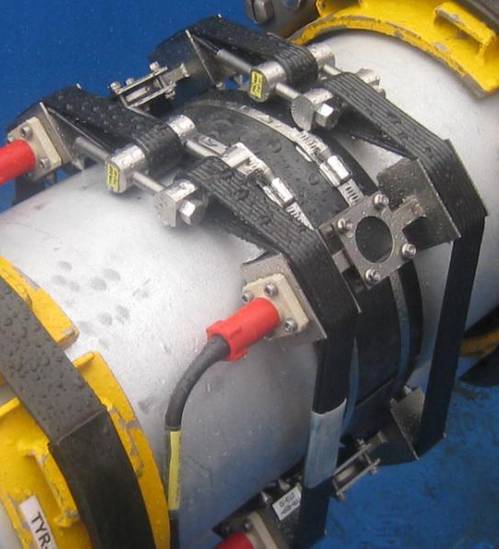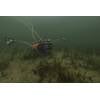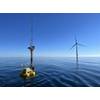Fugro Delivers High Quality Motion Dataset
Using its DeepData pods, Fugro has delivered a high-quality motion dataset from the BOP stack and lower riser of two deepwater wells in the Barents Sea.
To verify the integrity of its subsea assets during a drilling campaign in the Barents Sea, the client recorded motion and strain of the wellhead, BOP and riser for two wells, in order to quantify fatigue damage incurred by the wellhead.
Working to the client’s tight timescale, Fugro utilised its recently expanded equipment pool to provide the most appropriate subsea instrumentation for the job. Through its unique Wellhead and Riser Instrumentation Service (WARIS), Fugro provided a timely and highly effective response which included a team of specialist engineers and six modular, self-contained DeepData pods configured to meet the client’s exacting requirements.
The DeepData pods are the core of a highly versatile yet robust data acquisition system designed by Fugro to operate in depths of up to 2,400 metres. They use high-precision accelerometers and angular rate sensors to determine motions and rotation at specified locations. DeepData also accepts inputs from external sensors such as strain gauges. For this project Fugro deployed a set of its highly adaptable clamp-on subsea strain gauges.
Operating in water depths of up to 1,400 metres, the modular logging system collected and analysed data from a range of sensors at critical wellhead locations. An ROV was used for interim data recovery and battery replacement.
Living up to their strong reputation for data reliability, the DeepData pods achieved a 100% data recording success rate during a deployment of almost exactly one year and the resultant high-quality datasets will enable Fugro’s client to build up a history of wellhead fatigue and recalibrate the fatigue model of the riser. This critical information will enable detailed analysis of vortex-induced vibrations and wellhead fatigue so that the remaining fatigue life of the assets can be estimated. Armed with this critical information, the client will be able to manage well interventions more effectively in the longer term, achieving significant cost benefits as a result.

















 February 2024
February 2024



